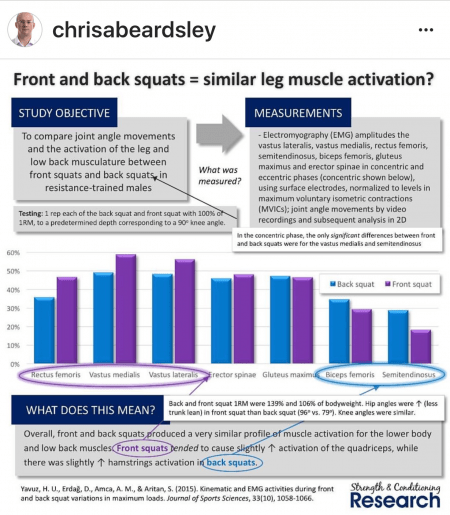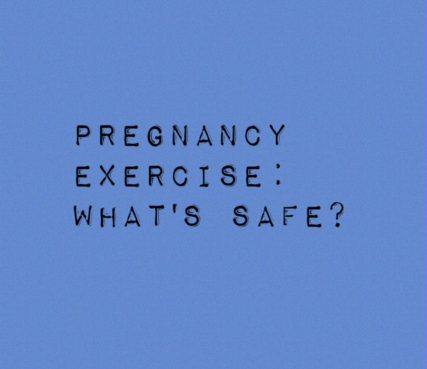
March 6th 2017
Major #nerdlove for Chris Beardsley of Strength and Conditioning Research. This infographic highlights a study that compared the difference in activation patterns of quads, hams and glutes in a front squat (bar sits at the front of the shoulders) vs a back squat (bar sits on the back of the shoulders). When front loaded, the front of the...
read article

February 22nd 2017
It’s our final installment of Young Female Athlete month here at Julie Wiebe, PT! Julie Granger, PT of Prism Wellness Center has brought her wealth of knowledge and experience working with this population to us in this 3-blog series!! These are excerpts from her recently published e-book Young Female Athlete’s Playbook . We’ve covered growth spurts,...
read article

February 15th 2017
Adolescent Female Athlete month continues here at Julie Wiebe, PT! I am thrilled to have my friend and colleague Julie Granger of Prism Wellness Center bring her wealth of knowledge and experience working with this population in a 3-blog series!! These are excerpts from her recently published e-book Young Female Athlete’s Playbook . It is...
read article

February 7th 2017
February is Young Female Athlete month at Julie Wiebe, PT! I am thrilled to have my friend and colleague Julie Granger of Prism Wellness Center bring her wealth of knowledge and experience working with this population in a 3-blog series!! These are excerpts from her recently published ebook Young Female Athlete’s Playbook . It is an excellent...
read article

January 2nd 2017
I am kicking the new year off with a new Q and A blog. Today an answer inspired by an interview with the Women’s Health Division of the Canadian Physiotherapy Association. They asked “What activities are safe for most pregnant women?”. Perhaps we need to rethink and redefine what is “safe”…read on! Q: Are there specific types...
read article




